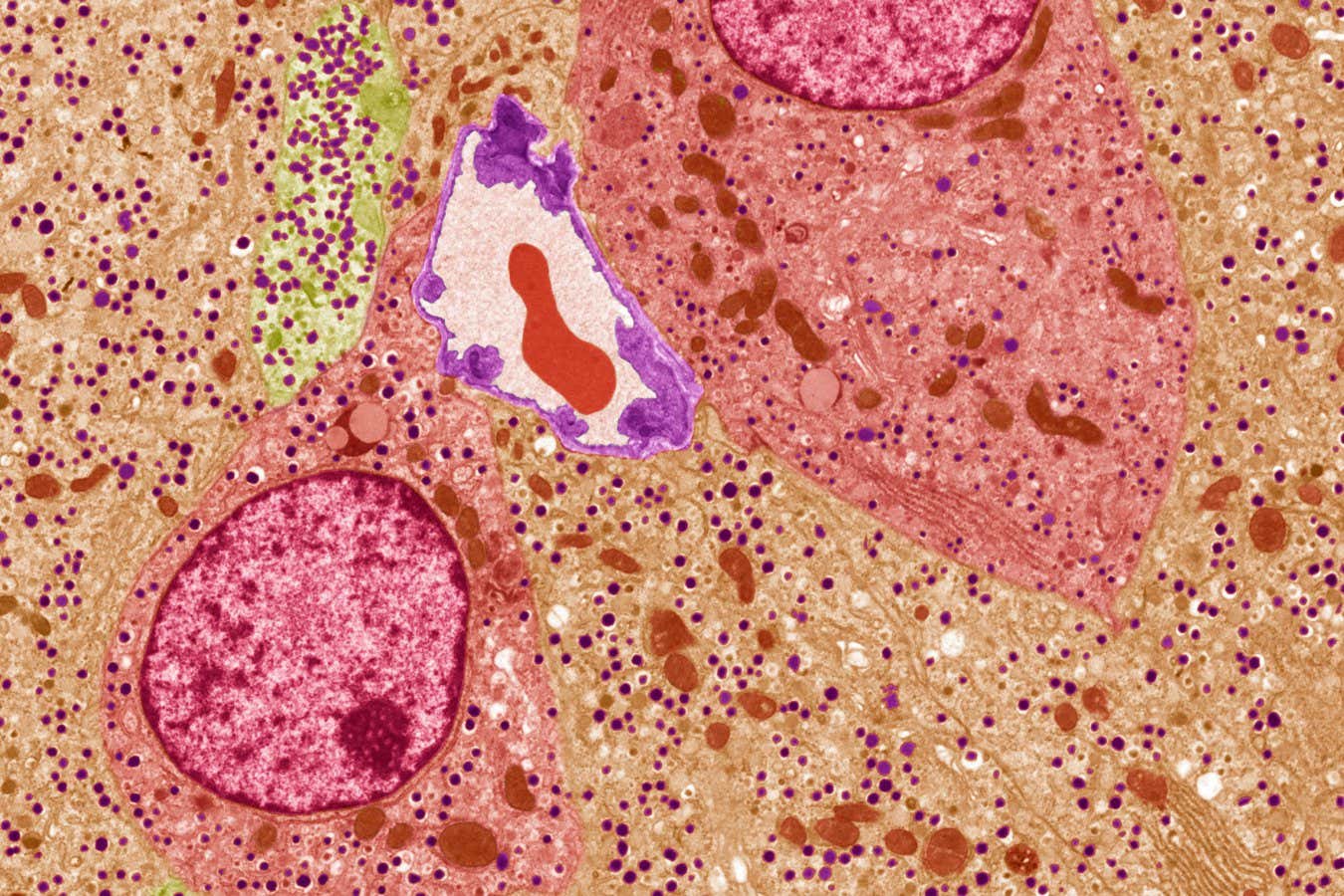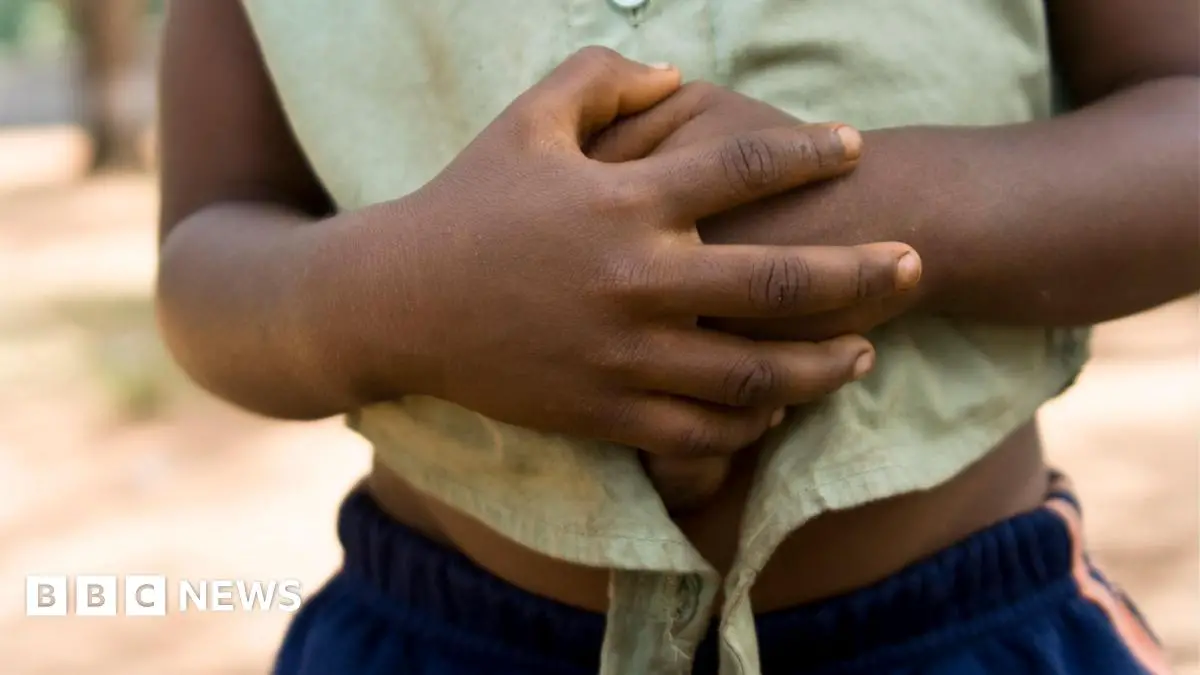Over the past four years, a silent pandemic has been raging. One in which the death toll is believed to number in the hundreds of millions, but which has received remarkably little attention until now.
The pandemic in question is bird flu, the H5N1 strain of influenza, which since 2020 has moved far beyond the avian world and into mammals ranging from dairy cattle to domestic pets, and species that live on our doorsteps, such as foxes. The virus’s presence has been detected on every continent, even Antarctica. While it has yet to evolve the capability of spreading between humans, alarm bells were raised last month after a dairy farm worker in Texas contracted H5N1, seemingly from cattle.
It would appear to be the first known case of bird flu jumping to humans from another mammal. “There is increasing concern at the scientific and public health levels,” says Dr Gregory Poland, director of the Mayo Clinic’s vaccine research group, who has previously compared the rising infection rates among animals to “the rumbles prior to an earthquake”.
While H5N1 is well known for its devastating impact on wild bird populations and poultry farms in the US – as of 5 May, 91m farmed birds have been infected in the US across 48 states – Poland has been particularly alarmed by reports of pet cats contracting the virus from cattle and becoming seriously ill or dying. “We have very little research to tell us how this is all occurring in cattle, and how it is being spread,” he says.
In the UK, the virologist Prof Paul Digard and his team at the Roslin Institute in Edinburgh were awarded an additional £3.3m grant last year to ramp up their research into bird flu, and assess the risk the current strain of H5N1 might pose to humans.
“Flu is constantly evolving, and it is clear that a couple of years ago, the current strain of bird flu changed to become supercharged,” says Digard. “Now that it seems to be fairly widespread in the cow population in the US, that’s a much more direct route where it could transmit to people and gain the adaptations it needs to go pandemic.”
The Roslin team’s task is to figure out the precise changes in the viral sequence that seem to be allowing it to infect cows, and then test the strain on human cells and mini-organs in the lab. The ultimate goal will be to make predictions about whether it is starting to become more dangerous to humans and to animals that live in close proximity to us, and to feed that information back to the relevant public health authorities.
If the findings spark concern, it could provide the government with more evidence to start bolstering national supplies of flu vaccines. Last year, reports emerged that the UK Health Security Agency had run a procurement exercise to source suitable jabs, while the US has accumulated a national reserve of four types of flu vaccine that could provide some protection against H5N1 in case of any future outbreak. But even this stockpile would not be sufficient for the entire country, and Digard explains that governments face a desperately difficult decision when it comes to balancing the economic cost of vaccines against trying to ensure that they are as ready as possible for an outbreak.
“The issue is trying to decide when to pull the trigger for go,” he says. “Because if you wait until it’s already a pandemic, then you’re playing catchup, and you know that you’re not going to be able to make enough vaccine quickly to protect everybody.”
The vaccine bottleneck
If H5N1 did start spreading among people, the good news is that the world has plenty of recent experience when it comes to rolling out large-scale vaccination programmes. More than 13bn doses of Covid-19 vaccines have now been administered, covering 70% of the world’s population, while at the height of the 2009 swine flu outbreak, around 3bn vaccine doses were churned out.
According to the US Centers for Disease Control and Prevention (CDC), there are two candidate vaccines against a related strain of flu viruses that could be shipped within weeks, if necessary. Various manufacturers also have special dispensations from regulators to update their flu vaccines with relevant targets from the H5N1 strain, without needing to seek new licensing.
The World Health Organization (WHO) says its estimates suggest that 4-8bn doses of influenza vaccines could be produced within a year in an H5N1 pandemic. Experts say that would require a significant expansion of the global capacity for making flu vaccines, placed at about 1.2bn doses.
“Remember that it takes two doses, three to four weeks apart, to achieve protective immunity,” says Poland. “You can quickly do the maths and see where that leaves us.”
While manufacturers have been working on H5N1 vaccines since the mid-2000s, research has always indicated that they pose a much greater technical challenge than the seasonal flu vaccines distributed each year. In particular, the jabs seem to require a far larger dose to generate a sufficient immune response. A dose of the H5N1 vaccine candidate manufactured by the French pharmaceutical company Sanofi is 90 micrograms, six times the size of a typical seasonal flu vaccine. Poland says this would make it far more challenging to produce the jab at the scale required.
The WHO’s capacity predictions may be relying on ramping up the production of adjuvanted vaccines. These utilise an additional ingredient, or adjuvant, which is combined with the vaccine to boost the immune response, enabling a far smaller dose, and one that is easier to produce in large quantities. The pharmaceutical company GSK says that its pandemic influenza vaccine Adjupanrix, which uses an adjuvant, has a dose of 3.75 micrograms. “In 2022, we signed a contract with the EU’s Health Emergency Preparedness and Response Authority for the reservation of future production and supply of 85m doses of Adjupanrix,” the company says. “In the event of an influenza pandemic declared by the WHO, this will ensure the ready production and supply of Adjupanrix to 12 EU member states.”
However, speed of production could still prove to be a bottleneck. In the event of an H5N1 pandemic, the WHO estimates that 79% of the vaccines produced would be made using traditional gold-standard technologies, which require incubation in chicken eggs. While a Sanofi spokesperson said that during the 2009 swine flu pandemic, vaccines were produced within three months, egg-based platforms are known to be more time-consuming: the process can take up to six months.
Newer technologies
Instead, messenger RNA (mRNA) technology, which proved so invaluable in generating Covid-19 vaccines, could once again be a vital tool, with the platform known to be faster and more efficient than older egg-based technologies. Current clinical trials by both Moderna and GSK and CureVac working in collaboration are testing H5N1 vaccines in people. However, given past difficulties in stimulating sufficient immune responses to H5N1, Digard says there is insufficient data to examine the possible effectiveness of mRNA vaccines.
“It’s technology that is potentially applicable to this,” he says. “I don’t think we have the data yet to say that it works as well.”
Given that H5N1 is still largely confined to the animal population, one idea for reducing transmission and limiting the potential for jumping to humans may be vaccinating poultry and farm animals on a mass scale. However, Karen Grogan, an associate professor at the University of Georgia’s Poultry Diagnostic and Research Center, is not convinced this would make a significant difference.
“Vaccination of commercial poultry would not decrease the amount of viable virus in the environment since there is so much being shed by wild birds,” she says. “The spread into dairy cattle is likely linked to wild birds on those dairies. There are no approved H5N1 vaccines for use in farm animals or household pets; those would need to be developed, which is a process that takes around four years.”
If there is an H5N1 pandemic, Poland predicts that healthcare services around the world would have to rely partially on antiviral medication for the first six months of the outbreak, until sufficient vaccine stocks became available to provide full population-level coverage. According to the CDC, analysis of the strains circulating among cows show that the virus should be susceptible to the current range of antivirals that are approved against flu.
But whether it’s stockpiling antivirals or instructing pharmaceuticals companies to switch to H5N1 vaccine production, Digard says that governments face a difficult dilemma when it comes to how best to respond to the bird flu threat.
“All this costs money,” he says. “It’s a very delicate juggling act. With vaccines, for example, if we begin diverting all the vaccine production to make H5N1 jabs, that means we don’t make the seasonal flu vaccines. So if you start an H5N1 vaccine programme prematurely, you’ve disrupted the supply of seasonal flu vaccines which are still needed.”
Although the prevalence of H5N1 in the wild is worrying, Digard is keen to point out that, while the virus is widely reported as having a fatality rate of 52% in humans, based on 882 cases of infections between January 2003 and December 2023, it does appear to have become much less pathogenic for people in recent years.
“There have been human cases in the UK over the last couple of years, but they’ve been really mild and generally asymptomatic,” he says. “I’m not minimising the risk – if this did go pandemic, even with a very mild virus, people would end up dying because of the sheer numbers who get infected. Even swine flu, which is the mildest flu pandemic we have records for, still killed hundreds of thousands of people. But it wouldn’t be a science-fiction style pandemic.”








